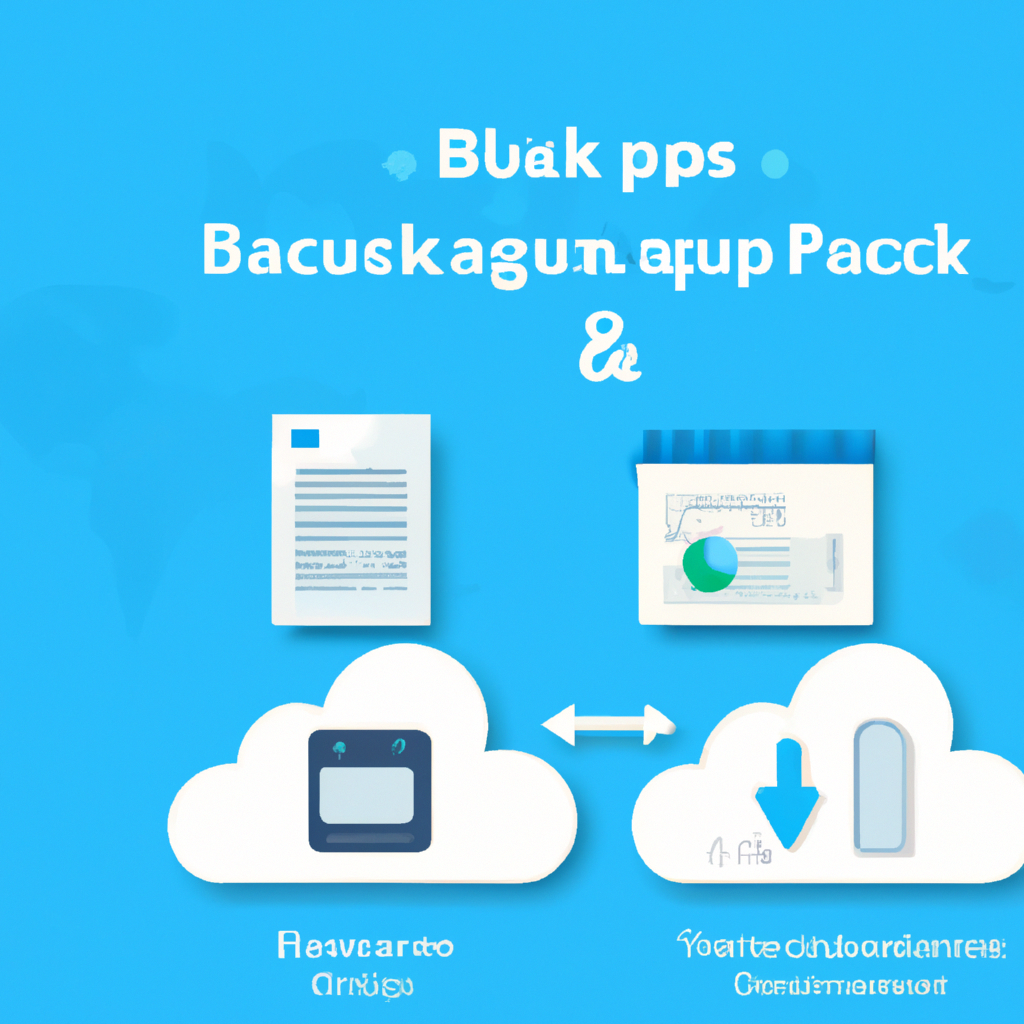Introduction
In today’s digital era, the importance of data backup cannot be overstated. With increasing cyber threats, hardware failures, and accidental deletions, ensuring the safety of your data is more crucial than ever. Many individuals and organizations face the critical decision of how to backup data using cloud apps vs traditional methods such as external hard drives and local servers. This article provides a detailed comparison of these approaches, exploring their advantages, disadvantages, and best practices to help you make an informed decision.
Understanding Data Backup
Data backup refers to the process of creating copies of your files, documents, databases, and system information to prevent data loss. Whether for personal use or business continuity, regular backups are essential. There are two main approaches:
- Cloud-based backup: Utilizing online services and cloud storage apps to store data offsite.
- Traditional backup: Relying on physical media like USB drives, DVDs, local servers, or NAS (Network Attached Storage).
Choosing the right backup solution depends on your needs, data sensitivity, and budget.
How to Backup Data Using Cloud Apps
Cloud backup apps have revolutionized the way we protect our data. Popular cloud storage solutions like Google Drive, Dropbox, Microsoft OneDrive, and iCloud offer seamless and automated backup features. Here’s a step-by-step guide:
- Choose a Cloud Backup Service: Select a reliable provider based on storage capacity, security features, and pricing.
- Install the App: Download and install the cloud app on your device (Windows, macOS, Android, or iOS).
- Set Up Your Account: Sign up or log in to your account. Secure your credentials with two-factor authentication.
- Select Data to Backup: Most apps allow you to choose specific folders, file types, or even schedule automatic backups.
- Enable Sync and Auto-Backup: Turn on sync features to ensure files are continuously updated in the cloud.
- Monitor Backup Status: Regularly check the app dashboard or notifications to ensure backups are successful.
Cloud apps offer remote access, real-time synchronization, and robust data recovery options, making them ideal for users who need flexibility and security.
Traditional Data Backup Methods
Despite the rise of cloud technology, traditional backup methods remain popular, especially for those who require physical control over their data. Common methods include:
- External Hard Drives: Portable and cost-effective, suitable for large data storage.
- USB Flash Drives: Convenient for quick file transfers and small backups.
- DVDs/Blu-rays: Less common today but still used for long-term archival storage.
- Network Attached Storage (NAS): Provides centralized storage for home or office networks.
- Local Servers: Ideal for businesses with IT infrastructure and security policies.
To back up data traditionally, simply copy your files to the chosen media and store it in a secure location. For critical data, it’s recommended to keep backups in multiple locations (the 3-2-1 rule).
Cloud Apps vs Traditional Backup: Key Differences
| Feature | Cloud Apps | Traditional Methods |
|---|---|---|
| Accessibility | Accessible from anywhere with internet | Limited to physical location |
| Automation | Automatic backup and synchronization | Manual backup required |
| Security | Encryption, multi-factor authentication | Physical security, risk of theft or damage |
| Scalability | Easy to upgrade storage plans | Limited by hardware capacity |
| Cost | Subscription-based, pay as you grow | One-time investment, maintenance costs |
| Disaster Recovery | Quick data restoration from any device | Slower recovery, risk of local disaster impact |
This comparison highlights the main considerations when choosing between how to backup data using cloud apps vs traditional backup solutions.
LSI Keywords and Related Concepts
To further understand the landscape, it’s useful to explore related concepts and Latent Semantic Indexing (LSI) keywords that are associated with our main topic:
- Cloud backup vs local backup
- Best cloud storage for data backup
- Data recovery strategies
- Backup automation tools
- Cloud storage security
- Remote data access
- Disaster recovery planning
- Hybrid backup solutions
- Data redundancy techniques
Incorporating these LSI keywords helps address a broader range of user search intentions and enhances the scope of your backup strategy.
Advantages and Disadvantages
Cloud Backup Pros:
- Accessible globally with an internet connection
- Automatic and real-time backup options
- Strong data encryption and security protocols
- Scalable storage to meet growing needs
- Easy disaster recovery and file restoration
Cloud Backup Cons:
- Requires reliable internet access
- Ongoing subscription costs
- Potential privacy concerns with third-party providers
Traditional Backup Pros:
- Physical control over data
- No recurring fees after hardware purchase
- Offline access and backup capability
Traditional Backup Cons:
- Risk of physical damage, loss, or theft
- Manual process is time-consuming
- Limited access away from backup location
- Challenging to scale for large data volumes
Best Practices for Secure Data Backup
- Follow the 3-2-1 backup rule: Keep three copies of your data (primary, local backup, offsite/cloud backup).
- Regularly test your backup and recovery process.
- Encrypt sensitive data before backup, especially for cloud solutions.
- Keep software and firmware updated on both cloud and traditional backup devices.
- Monitor backup logs and set up alerts for backup failures.
- Establish clear data retention and deletion policies.
Hybrid Backup Solutions: The Best of Both Worlds
For comprehensive data protection, many organizations employ hybrid backup strategies that combine cloud apps with traditional methods. This approach leverages the convenience and automation of cloud backups while providing a physical backup layer for added redundancy and control. Hybrid solutions are particularly effective for businesses with high compliance and security requirements.
Conclusion
Deciding how to backup data using cloud apps vs traditional methods involves evaluating your unique needs, resources, and risk tolerance. Cloud apps offer unparalleled convenience, scalability, and accessibility, while traditional methods give you physical control and independence from internet connectivity. For most users, a hybrid approach ensures maximum protection and peace of mind. Regularly update your backup strategy, stay informed about new technologies, and always prioritize data security.



